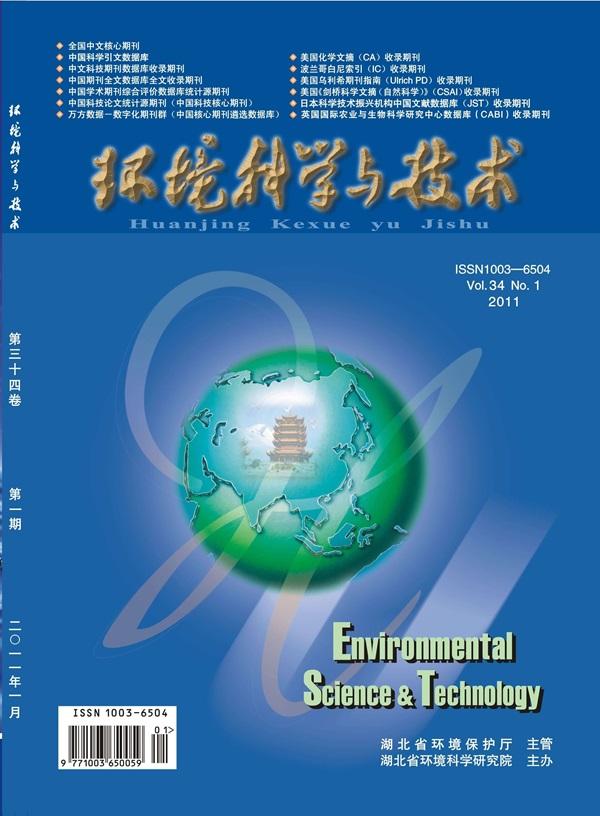Impact of Microplastic Exposure on Sand Crab Scopimera globosa Behavior: Implications for Microplastic Transport and Sulfur Cycling through Bioturbation
IF 11.3
1区 环境科学与生态学
Q1 ENGINEERING, ENVIRONMENTAL
引用次数: 0
Abstract
The accumulation of microplastics (MPs) in estuarine regions and their ecological consequences have become global environmental concerns. Estuarine sediments function as major sinks for MPs and hotspots for critical biogeochemical processes, which are significantly influenced by benthic bioturbation. However, the impacts of MPs on the behavior of highly mobile benthic organisms and the ecological effects of bioturbation activities remain poorly understood. This study utilized laboratory simulation experiments, AI-based behavioral tracking, and metagenomic sequencing to systematically examine the effects of sand crab bioturbation on MPs migration, sediment physicochemical properties and sulfur cycling processes. Results demonstrated that sand crab bioturbation substantially enhanced the vertical migration of MPs, with fluxes to surface layers and the overlying water increasing by 27-fold compared to undisturbed conditions. Exposure to PE-MPs reduced sand crabs’ surface foraging intensity and induced behavioral abnormalities. The crabs actively avoided MPs, exhibiting a preference for burrowing and residing in deeper sediment layers. This behavioral shift significantly altered microbial community distributions, with an increase of Pseudomonadota abundance and a decline of sulfate-reducing bacteria Thermodesulfobacteriota abundance. Furthermore, bioturbation accelerated sulfate oxidation in deeper sediments while inhibited dissimilatory sulfate reduction. This study is the first to identify the role of bioturbation in promoting the upward migration of MPs in sediments. Altered sand crab bioturbation will impact sediment biogeochemistry, estuarine function, and coastal resilience.

微塑料暴露对沙蟹行为的影响:通过生物扰动对微塑料运输和硫循环的影响
微塑料在河口地区的积累及其生态后果已成为全球关注的环境问题。河口沉积物是MPs的主要汇和关键生物地球化学过程的热点,受到底栖生物扰动的显著影响。然而,MPs对高流动性底栖生物行为的影响以及生物扰动活动的生态效应仍然知之甚少。本研究采用实验室模拟实验、基于人工智能的行为跟踪和宏基因组测序等方法,系统研究了沙蟹生物扰动对MPs迁移、沉积物理化性质和硫循环过程的影响。结果表明,沙蟹生物扰动大大增强了MPs的垂直迁移,与未扰动条件相比,其向表层和上覆水的通量增加了27倍。PE-MPs暴露降低了沙蟹的表面觅食强度并引起行为异常。螃蟹积极地避开MPs,表现出对挖掘和居住在更深的沉积层的偏好。这种行为转变显著改变了微生物群落分布,假单胞菌丰度增加,硫酸盐还原菌热脱硫菌丰度下降。此外,生物扰动加速了深层沉积物中硫酸盐的氧化,同时抑制了硫酸盐的异化还原。这项研究首次确定了生物扰动在促进沉积物中MPs向上迁移中的作用。沙蟹生物扰动的改变将影响沉积物的生物地球化学、河口功能和海岸恢复力。
本文章由计算机程序翻译,如有差异,请以英文原文为准。
求助全文
约1分钟内获得全文
求助全文
来源期刊

环境科学与技术
环境科学-工程:环境
CiteScore
17.50
自引率
9.60%
发文量
12359
审稿时长
2.8 months
期刊介绍:
Environmental Science & Technology (ES&T) is a co-sponsored academic and technical magazine by the Hubei Provincial Environmental Protection Bureau and the Hubei Provincial Academy of Environmental Sciences.
Environmental Science & Technology (ES&T) holds the status of Chinese core journals, scientific papers source journals of China, Chinese Science Citation Database source journals, and Chinese Academic Journal Comprehensive Evaluation Database source journals. This publication focuses on the academic field of environmental protection, featuring articles related to environmental protection and technical advancements.
 求助内容:
求助内容: 应助结果提醒方式:
应助结果提醒方式:


